League of Legends continues to expand both in scope and file size, even more than 15 years after its first release. Every patch introduces balance changes and new skins, and all those additions (unsurprisingly) increase the file size in gigabytes.
If you want to download League (or reinstall it after your last big rage quit) and you’re wondering how large the game is, here’s the answer.
How many GB is League?
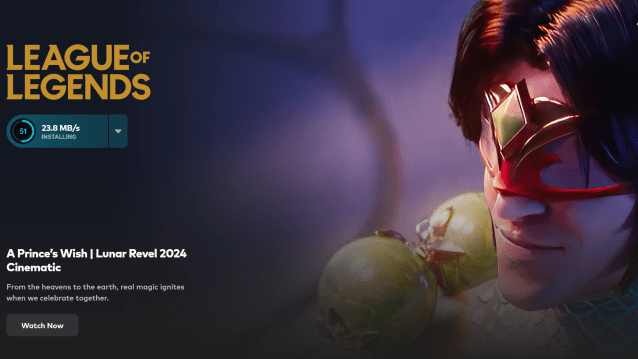
League takes up around 4.67 GB of space in 2024. When installing the Riot Games program though, you’re going to want to leave upward of six GB in free space on your HDD or SSD—this will mean you don’t run into any issues.
The first step when installing League to your PC is to visit the official Riot site and to select the download option. After you start the installation, you’ll get a small pop-up window suggesting it’ll take up 452.7 MB. This is just for the League and Riot client, though; once it’s added to your computer it will hit 4.67 GB.

You can then begin the proper installation of League. It comes in two parts. The first doesn’t require any log-ins and automatically downloadeds. Once that’s all completed you’ll hit the second stage, where Riot asks you to enter your username and password. Here, you can talk to your online friends, open loot chests and reward capsules, and interact with the League pass, but you still can’t play.
A second installation will now run once you’ve loaded the client up. It appears in the upper right corner (where the Play button is usually found). It will tick up to 100 percent eventually; once that’s completed, you’re good to go.
Before you play though, it’s a good idea to adjust your settings. Things will be set to default for the time being, but I’d change my window size and mouse sensitivity.
How big are League updates?
League patches usually clock in at anywhere between 100MB and 400MB. Smaller patches with fewer technical changes (usually just balance updates) rank on the smaller side, while event-loaded patches take up more space.
Remember, you can’t install a League update if you haven’t got room.
League system requirements in 2024
Riot last updated the PC system requirements in 2021. Even the most basic devices can still run League with few-to-no problems. If you encounter any issues, make sure to lower your FPS cap and other graphics settings. But if the problems persist, the best course of action would be to uninstall League.
Below, you’ll find the official League PC requirements.
League minimum system requirements for PC
- CPU: Intel: Core i3-530 / AMD: A6-3650/ARM: not supported
- CPU features: SSE2
- GPU: NVIDIA GeForce 9600GT / AMD: HD 6570 / Intel: Intel HD 4600 Integrated Graphics
- GPU features: DX10-Level Hardware
- VRAM: One GB
- Free storage space: 16GB HDD
- OS versions: Windows 7, 8, 10
- OS architecture: X86 32-bit, x64
- RAM: Two GB
- Recommended GFX setting: Low
- Recommended resolution: 1024×768
League recommended system requirements for PC
- CPU: Intel: Core i5-3300 / AMD: Ryzen 3 1200 / ARM: not supported
- CPU features: SSE4
- GPU: NVIDIA GeForce 560 / AMD: Radeon HD 6950 / Intel: Intel UHD 630 Integrated Graphics
- GPU features: DX11-Level Hardware
- VRAM: Two GB
- Free storage space: 16GB SSD
- OS versions: Windows 10
- OS architecture: x64
- RAM: Four GB
- Recommended GFX setting: High
- Recommended resolution: 1920×1080
League can still encounter occasional issues like 5C “trouble fetching information for this player” or Unknown Player error, but they’re very fixable. If you’re still struggling to solve an error, check out our guide on all errors in League and how to fix them.


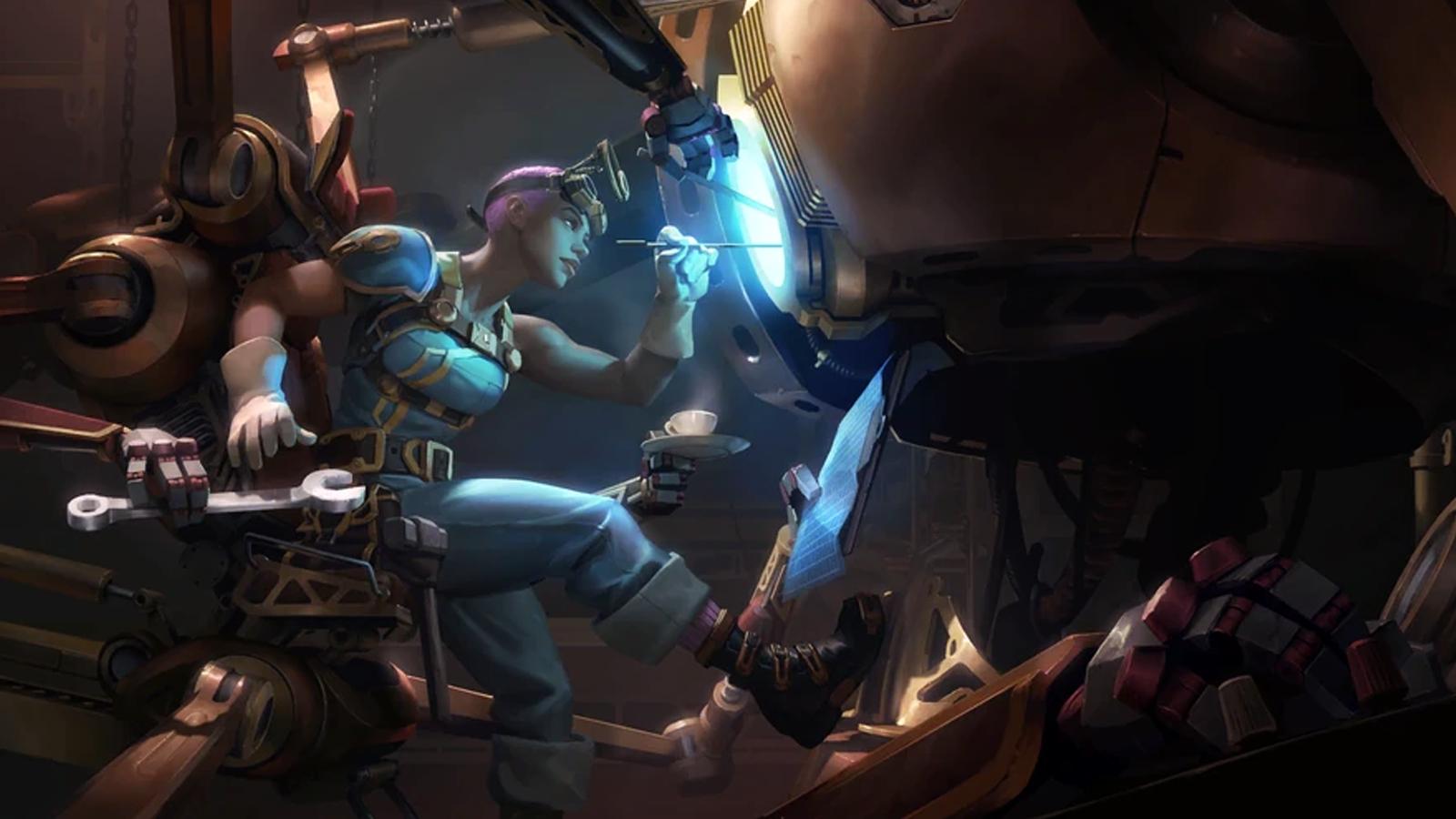
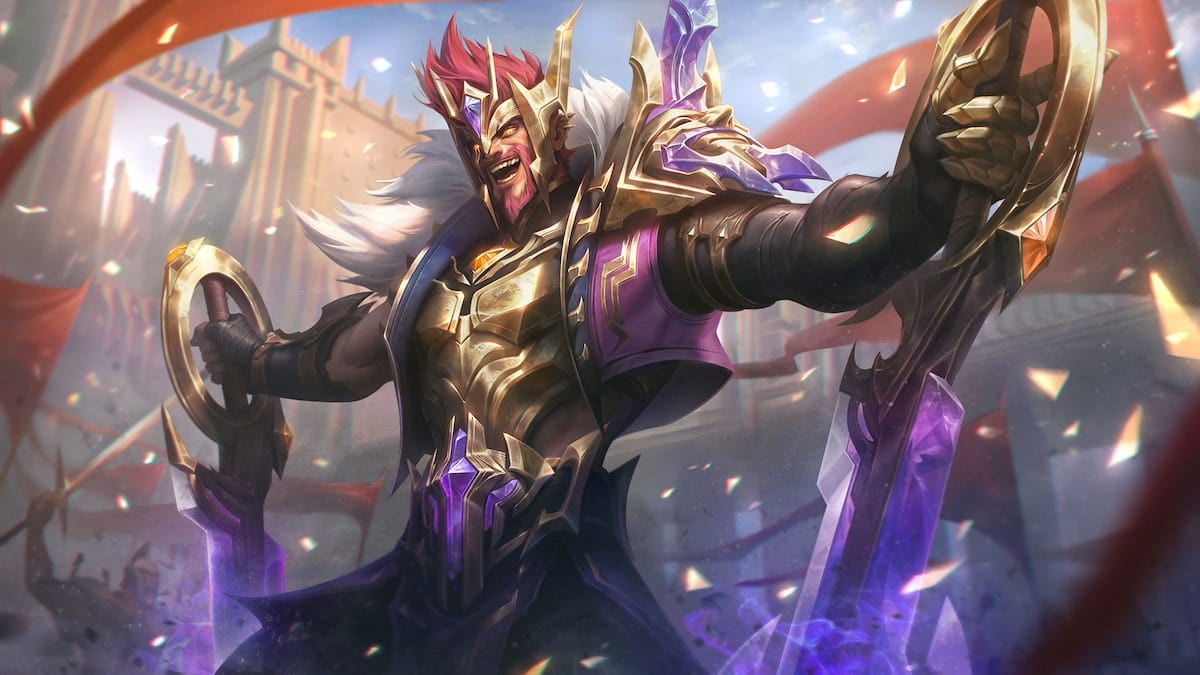
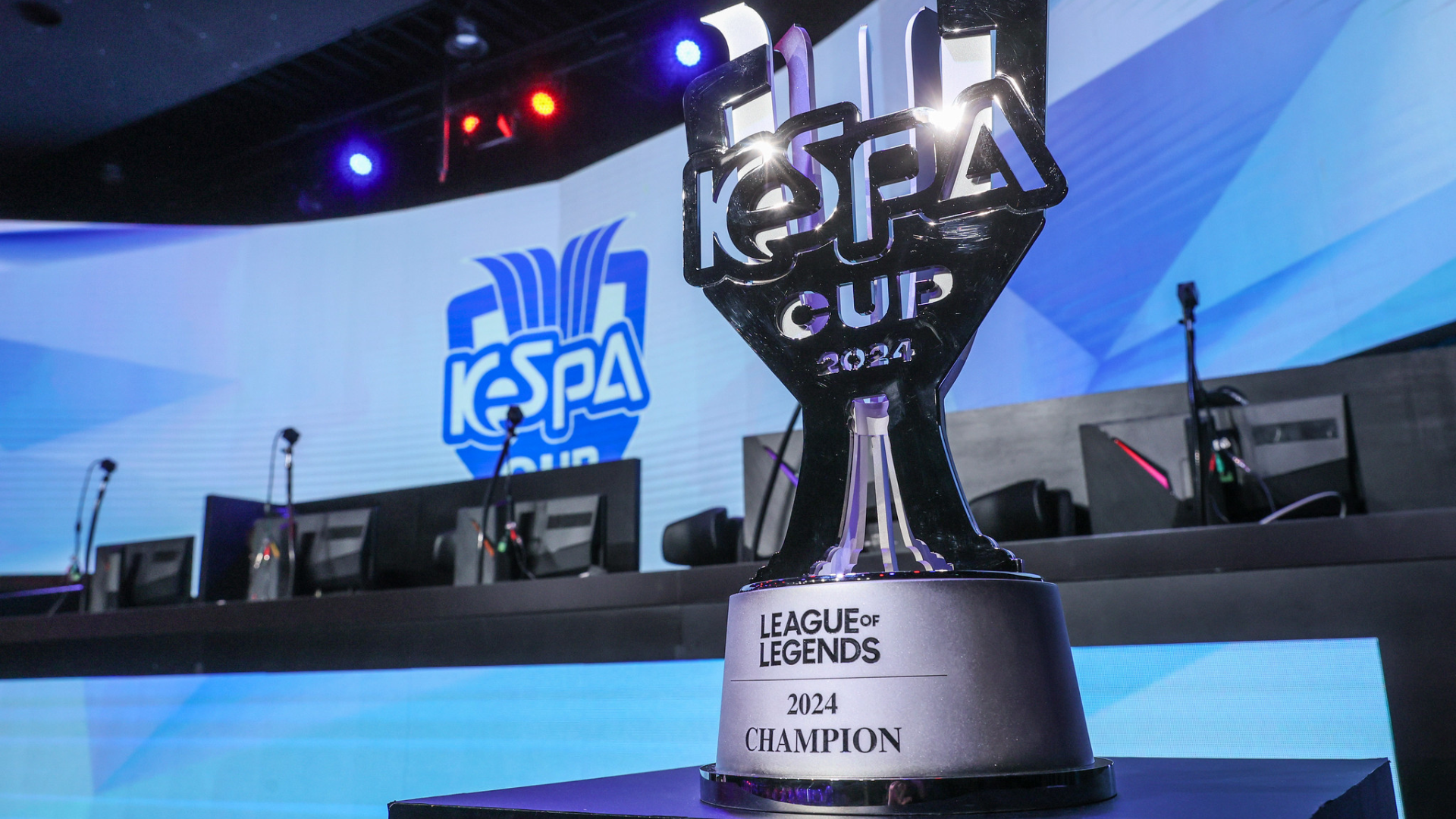
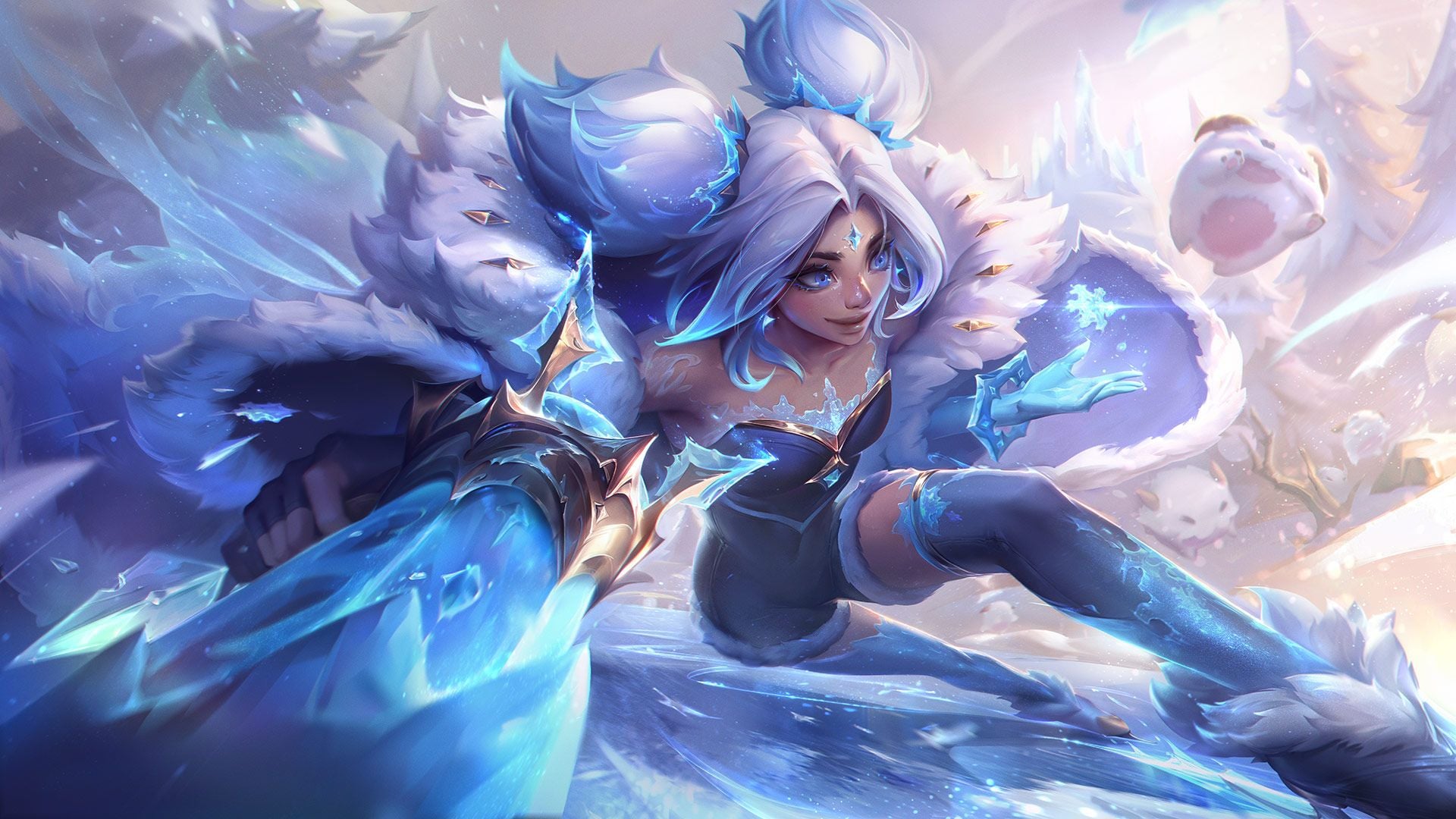

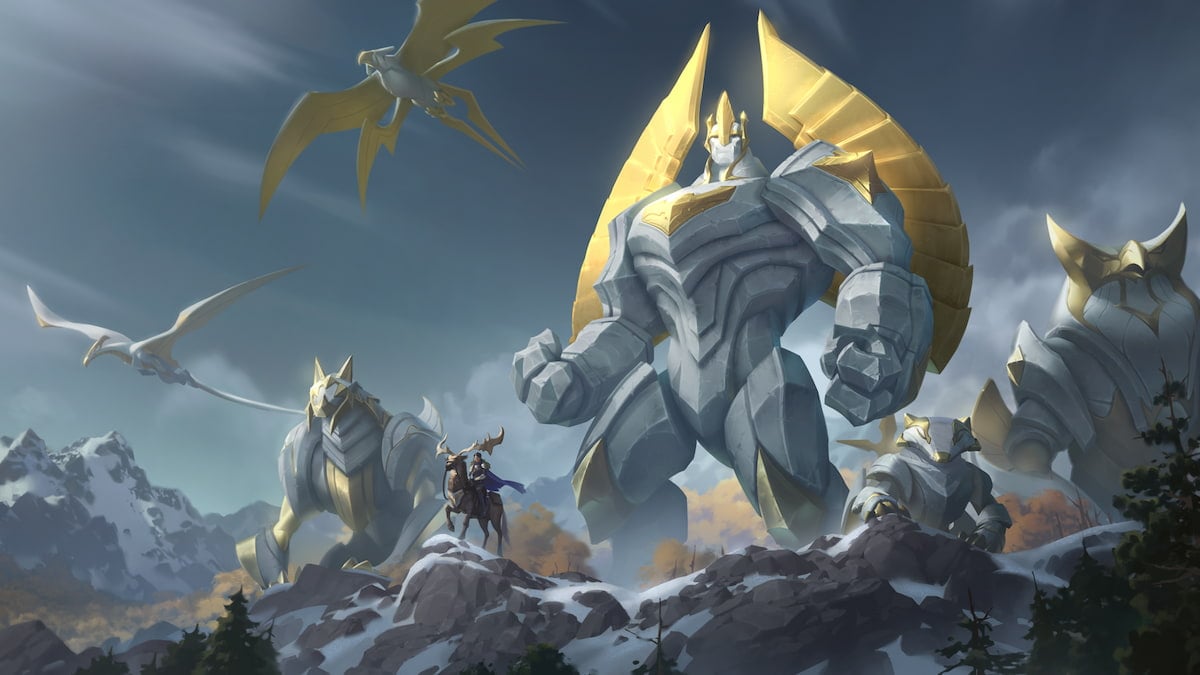
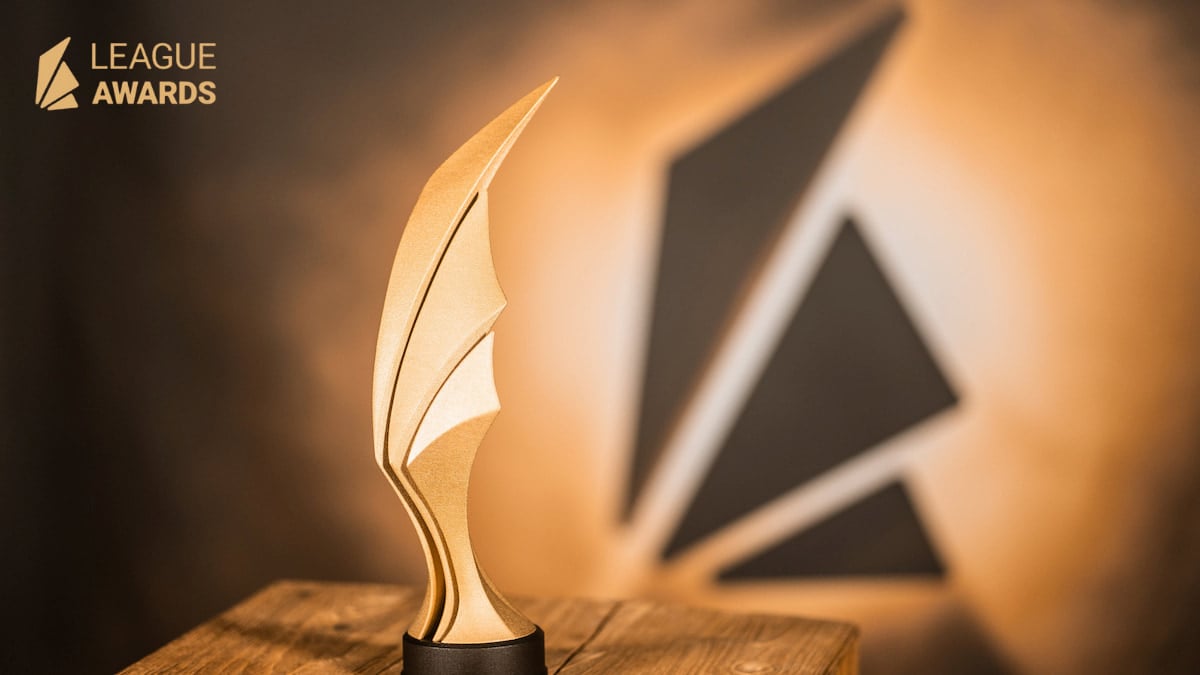
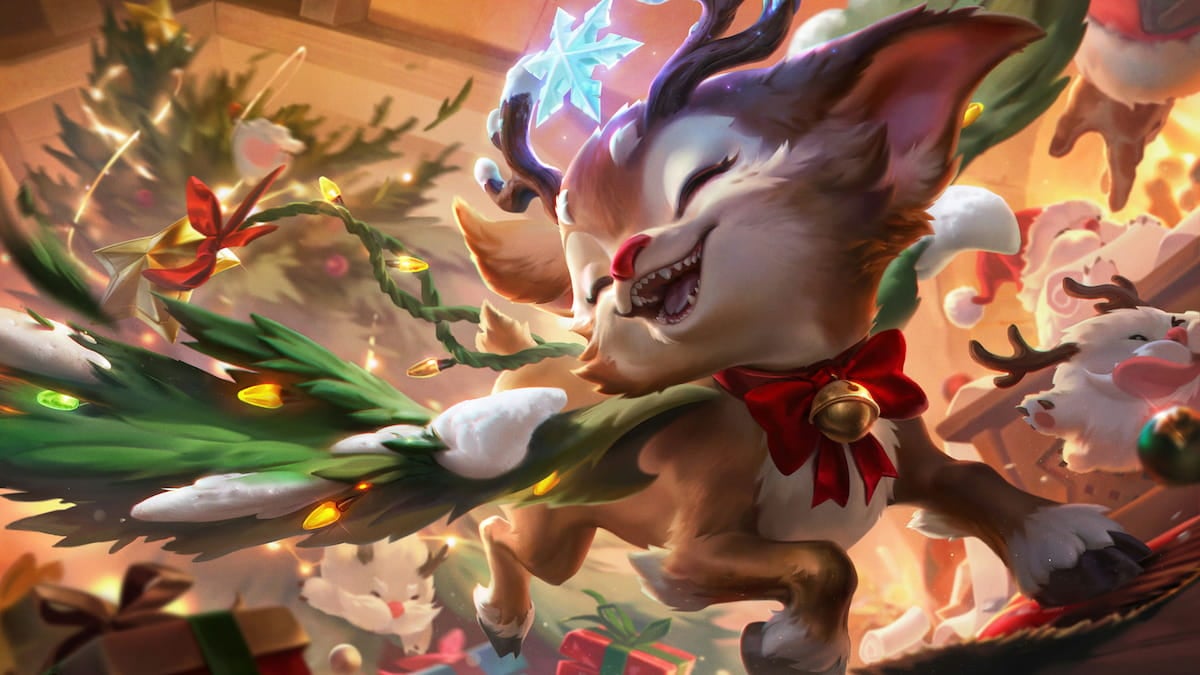
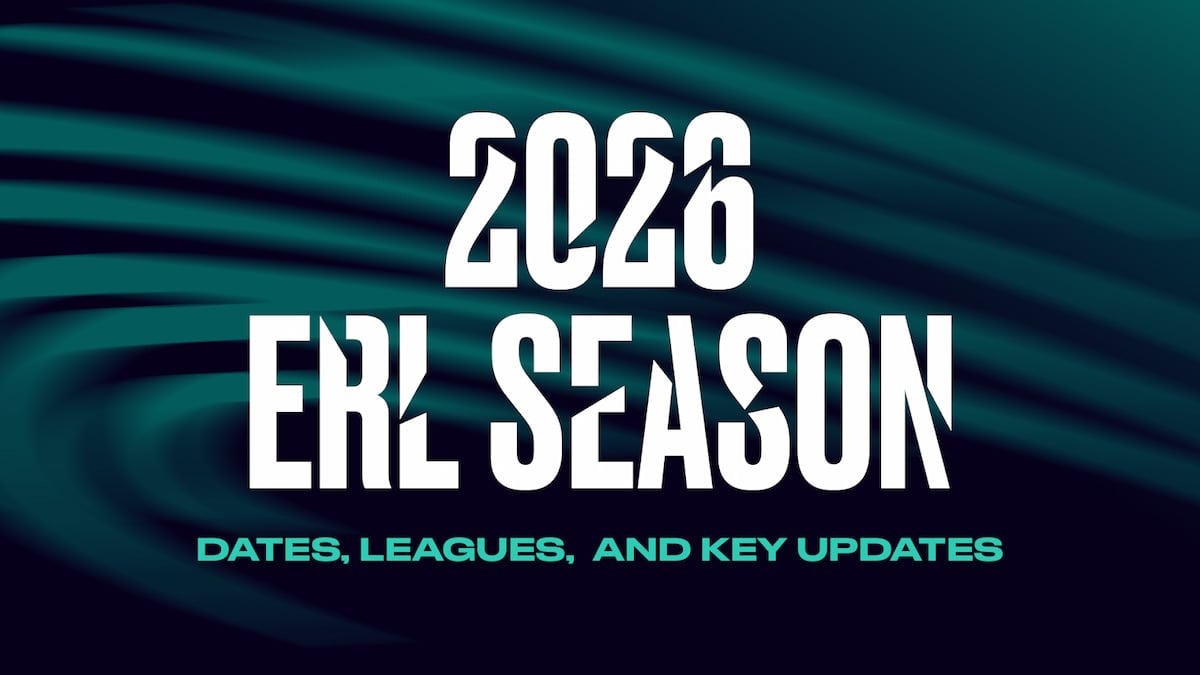
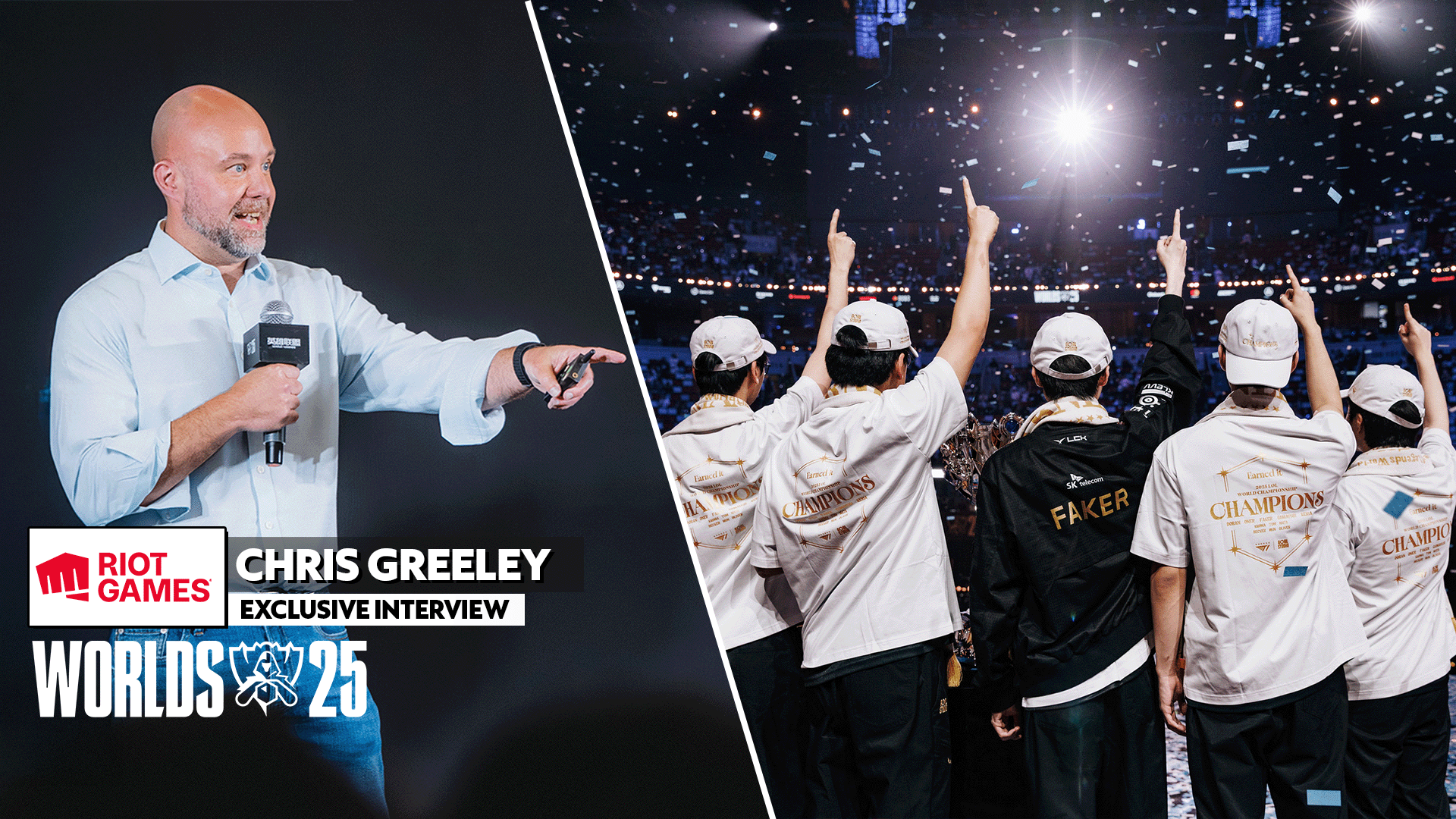
Published: Aug 7, 2024 08:38 pm